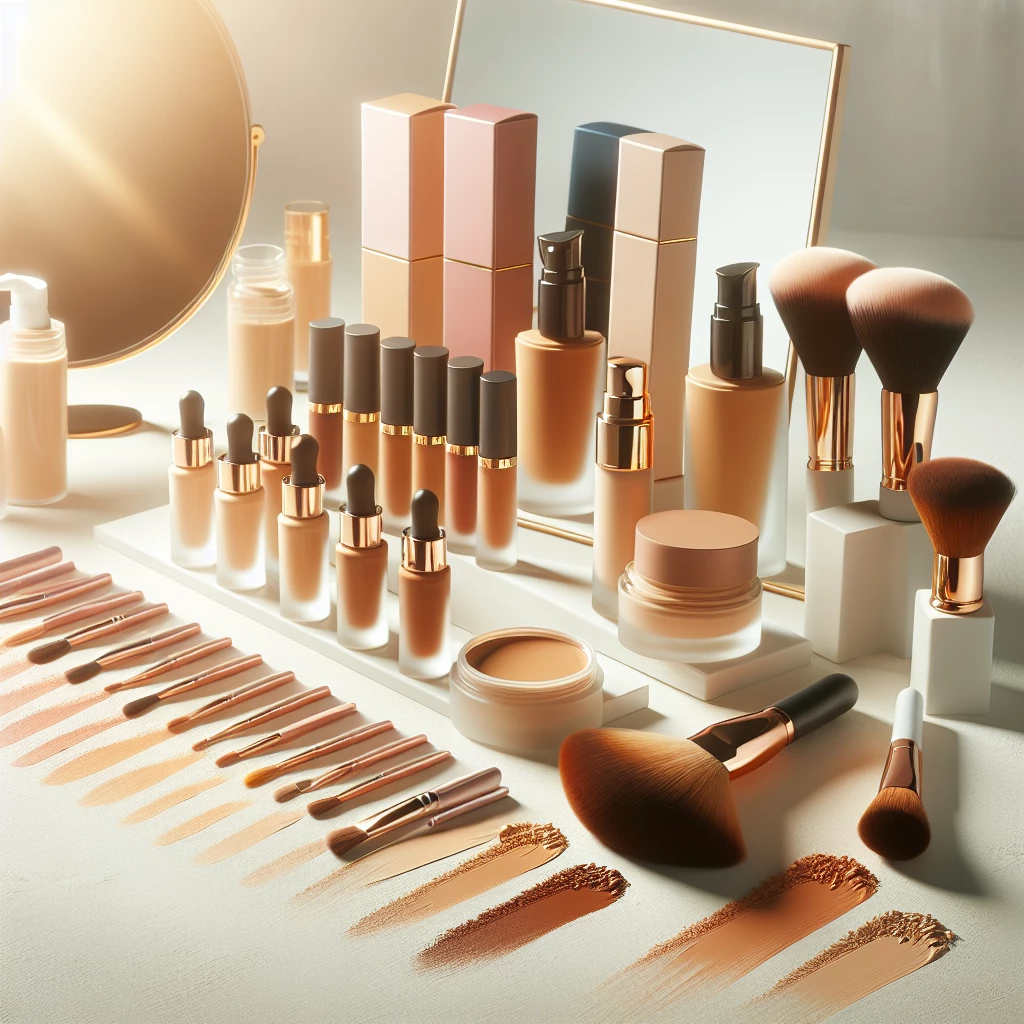Finding your perfect foundation shade can be a daunting task, especially with so many brands, shades, and formulas available in the market. It's not simply about finding the right color; it's about finding the right undertone, the right finish, the right coverage level that will make your skin look its best. The goal should be natural-looking makeup that enhances your appearance, not a mask that completely changes your skin tone. It can be incredibly frustrating when you invest in a new foundation only to find out it's too orange, too pink, or too light. In fact, finding the perfect shade is something that even makeup experts can struggle with.
To begin with, understanding your skin’s undertone is key when it comes to finding your perfect foundation shade. Undertones can be warm (yellow, peachy, or golden), cool (pink, red or bluish) or neutral (a combination of warm and cool). It may sound perplexing, but once you have a grasp on this concept, it'll make the process a whole lot easier. To determine your undertones, look at the veins on your wrist. If they look greenish, you're warm-toned, if they look bluish, you're cool-toned and if it's hard to decipher whether they're more blue or green, you likely have neutral undertones.
Next, when you're testing out foundations, always swatch on your jawline, not your wrist or arm! Your face and body can actually be different shades, so what looks good on your arm might not work on your face. Also, be sure to test the foundation in natural light. Indoor lighting can drastically alter the appearance of foundation shades. And remember, the foundation’s job is to even out your skin tone and not to give you color. The best shade will disappear into your skin. You might even want to consider investing in two foundation shades – one for summer when your skin is more tan, and one for winter when you're likely a bit paler. Finally, never rush the process. Finding your perfect foundation shade takes time and patience, but the result is absolutely worth the effort.
